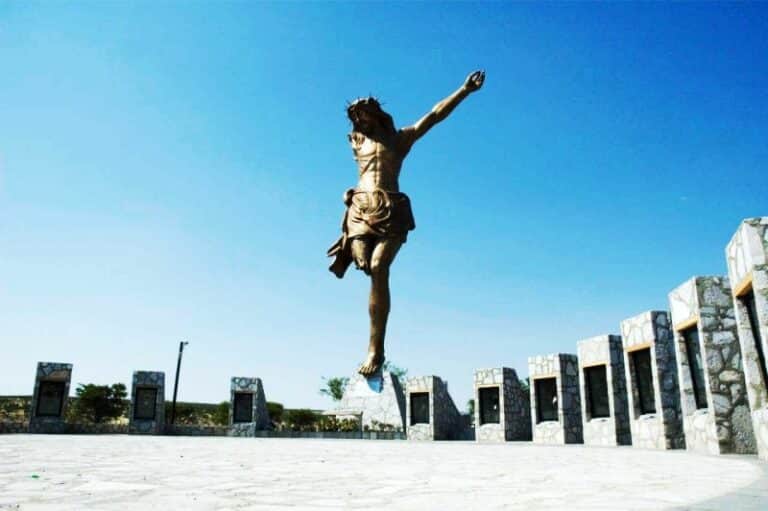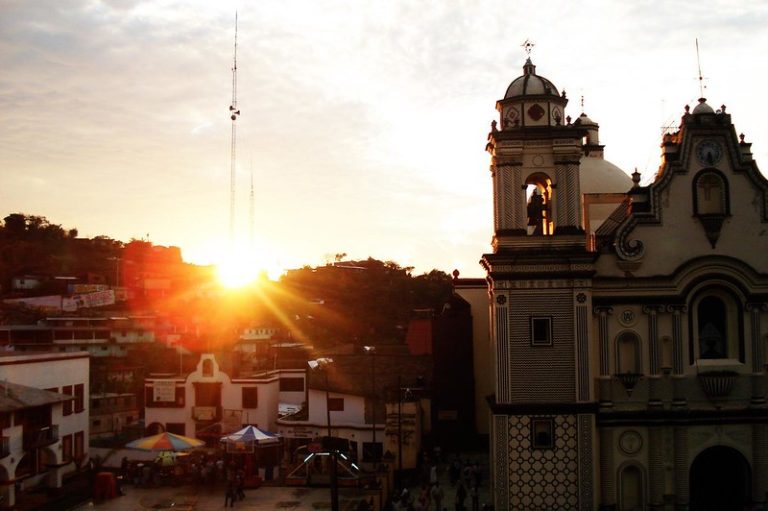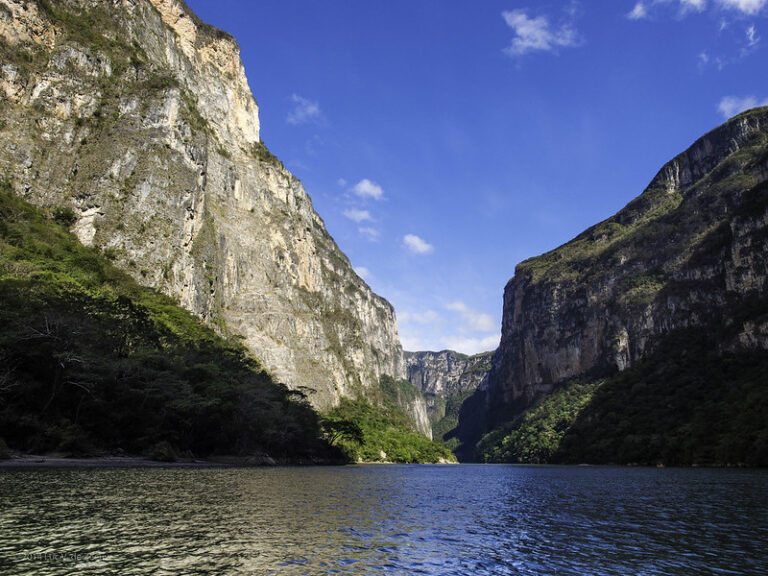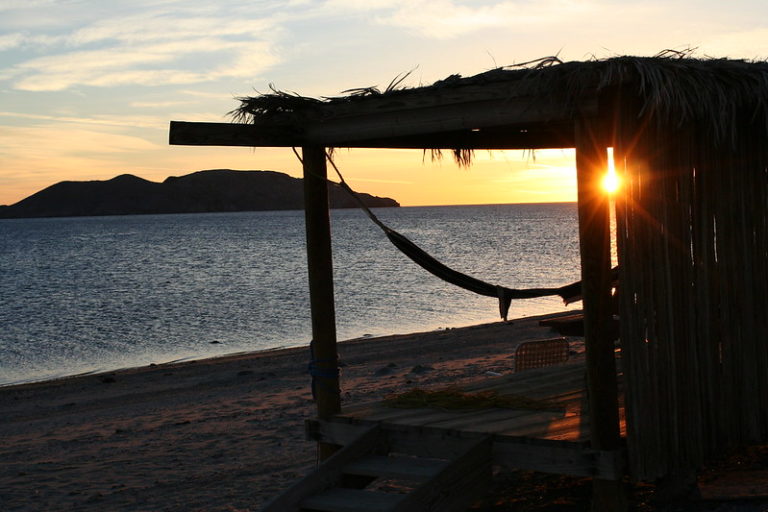Exploring El Fuerte, Sinaloa, ‘El Zorro’s’ Charming Hometown
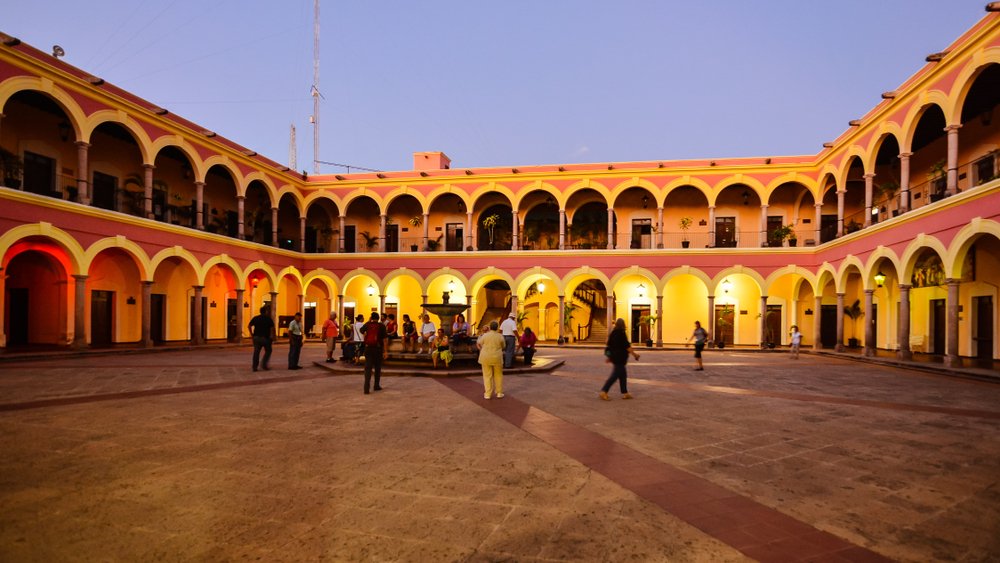
Exploring El Fuerte, Sinaloa, ‘El Zorro’s’ Charming Hometown
The magical town of El Fuerte Sinaloa awaits you with its rich history and cultural and natural attractions.
Enjoy El Fuerte to the fullest by following this complete guide. You will like it!
The area where this town is located has been the ancestral home of the Mayo-Yoreme people.
This extinct fortification that gave its name to the town (El Fuerte means “The Fort”) was built in 1610 by New Spanish settlers to defend themselves from the constant attacks of the Tehueco Indians, receiving the name of Fuerte del Marqués de Montesclaros.
After Independence, El Fuerte was the first capital of the former Western State.
Where is El Fuerte Sinaloa?
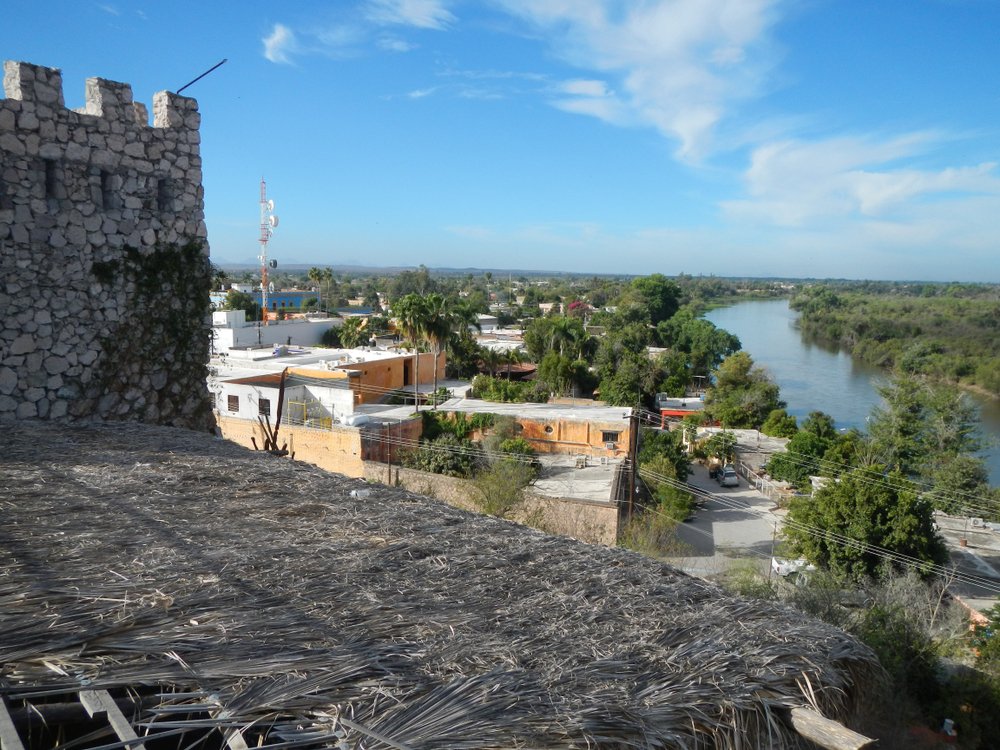
El Fuerte is a municipal seat and municipality located north of Sinaloa.
The small city, the fourth most populated in the state, is situated in the wide ecotourism circuit that includes the Sea of Cortez and the Copper Canyon.
In 2009, El Fuerte Sinaloa was included in the system of Magical Towns to promote the use of its historical, ethnic, architectural, and natural heritage.
Getting there…
The closest major city to El Fuerte is Los Mochis, 85 km away by state highway 23.
The distance between Culiacan, the state capital, and the Magical Town is 290 km traveling by federal highway 15 or the toll highway 15D to Los Mochis and then by state highway 23.
**The nearest U.S. border to Los Mochis is from Nogales, with an 8-hour drive, approx.
What is the weather like in El Fuerte?
Located at an altitude of only 82 meters above sea level, the average temperature in El Fuerte ranges from 18° C in the cooler months (December, January, and February) to 31° C in the hottest period, from June to September.
There is not much rainfall, only 580 mm per year, mainly in July and August, and a little less in September; during the remaining months, rainfall is very scarce.
Main attractions in El Fuerte Sinaloa
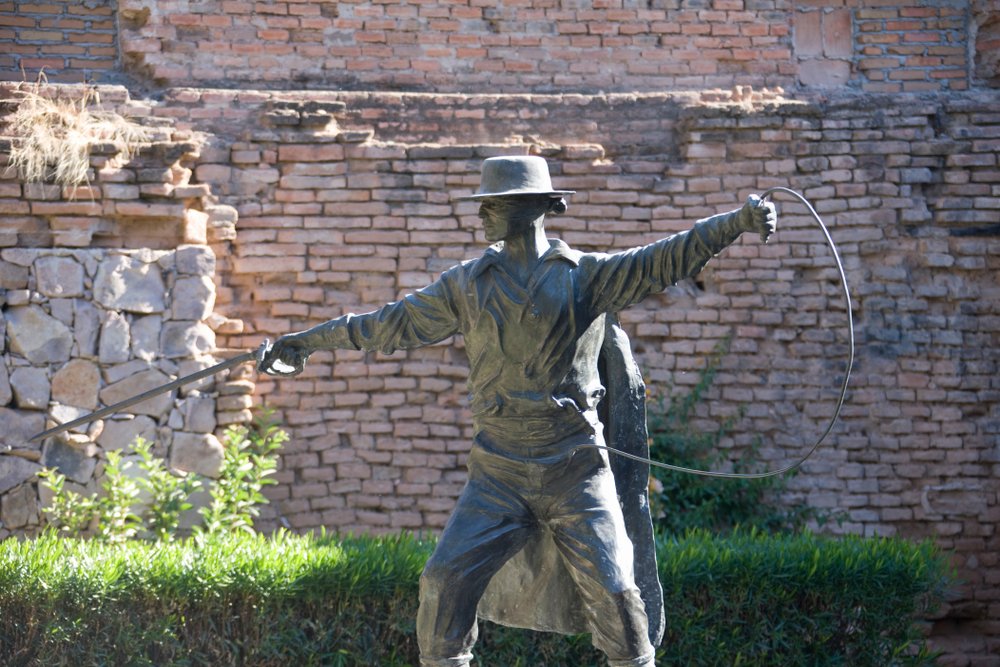
El Fuerte’s heritage comprises indigenous communities with well-defined customs in ceremonial matters.
This includes past confrontations between Spaniards, mestizos, and indigenous people, the architectural heritage of several centuries, and other tourist attractions, such as its rock art.
You will see how the cultural heritage is expressed through the Plaza de Armas, the parish temple, the Municipal Palace, and the museum where the original fort used to be.
Also, the Mayan ceremonial centers and their traditions.
The Plaza de Armas
Under the shade of the giant palm trees in the Plaza de Armas (main square), the locals sit on their benches and talk about the town’s past while kindly greeting tourists who come to photograph the picturesque wrought-iron kiosk made in Mazatlan and its quarry stone fountains.
Surrounding the Plaza de Armas are the town’s most emblematic buildings, such as the Municipal Palace, the Temple of the Sacred Heart of Jesus, and several large houses.
Temple of the Sacred Heart of Jesus
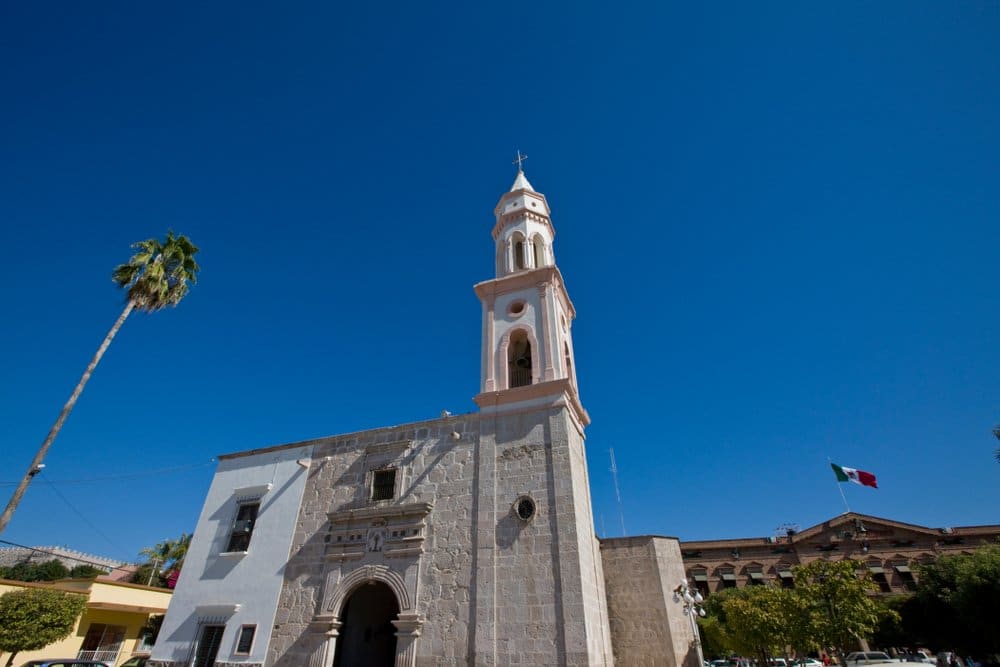
The first temple in El Fuerte was a humble adobe church located on Montesclaros Hill.
The first historical mention of the parish church of the Sacred Heart of Jesus dates back to 1760 in a pastoral visit report presented by Bishop Don Pedro Tamarón y Romeral.
In this building, completed in 1854, you can distinguish the spire tower and the bells manufactured in the mid-twentieth century with the same metal as those used in the nineteenth century.
The Municipal Palace

This imposing red brick building built during the Porfiriato period in neoclassical style makes profuse use of the architectural resource of the arcades.
It has a large inner courtyard surrounded by two levels of arcades on both floors, with a beautiful fountain as a central element.
Inside there is a mural that tells the history of the town.
The main façade features semicircular arches, large windows, and a balcony with a continuous handrail.
The Casa de la Cultura
El Fuerte’s House of Culture is located in a large house from the middle of the 19th century built on one side of the Main Square by Don Manuel Vega.
Since the beginning of the 20th century, it was the municipal jail, and in the 1980s, it was refurbished and designated as the House of Culture.
It is the venue for exhibitions, workshops, seminars, and other cultural events and houses the Historical Archive and a public library.
It also hosts literary and musical contests with significant participation from the young people of El Fuerte Sinaloa.
Museo Mirador del Fuerte Sinaloa
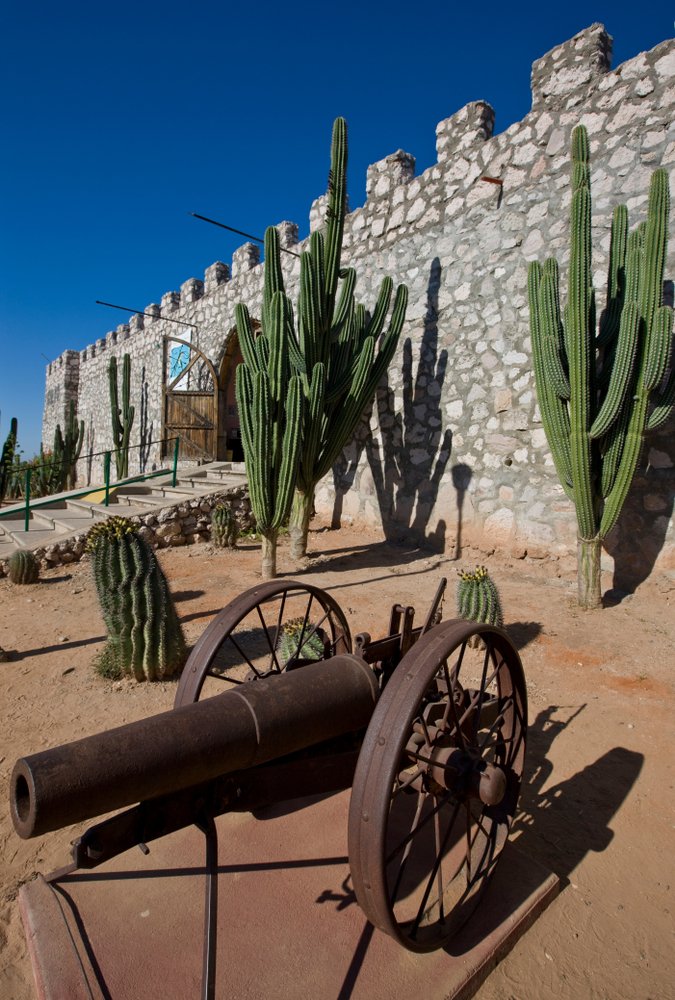
This museum shows the indigenous and mestizo history of El Fuerte.
Its building was erected in the same place where the 17th-century fortification that gives its name to the city once stood, of which a replica is exhibited.
On display are indigenous handicrafts, a hearse that, according to legend, carries a ghost, photos, and other objects.
A historical character referred to in the museum is the indigenous revolutionary Felipe Bachomo, called “El Último Rebelde Mayo” (The Last Mayo Rebel), who was born on the banks of the Fuerte River and shot dead in 1916 in Los Mochis.
The “Mayo” culture
El Fuerte and its surroundings are intensely impregnated by the culture of the Mayos or Yoremes, the indigenous people who inhabit the Sinaloa region between the Mayo and Fuerte rivers.
The Mayan communities conserve their traditional government institutions, their ceremonial centers, of which there are 7 in the El Fuerte area, their traditional dances, such as the deer, the pascola, and the matachines; and their culinary traditions, headed by the guacavaqui.
Ceremonial Centers:
The 7 ceremonial localities of the Mayos near El Fuerte are Tehueco, Mochicahui, Teputcahui, Jahuara, Capomos, Sivirijoa, and Charay.
These ceremonial centers have a syncretism of indigenous and Christian religious customs.
For example, Tehueco, the ceremonial center, the old Jesuit mission, the Dolores church, and the Community Museum coexist harmoniously.
The museum exhibits Yoreme Holy Week ceremonial objects, including costumes, musical instruments, and masks.
El Fuerte Sinaloa: Try the Food!
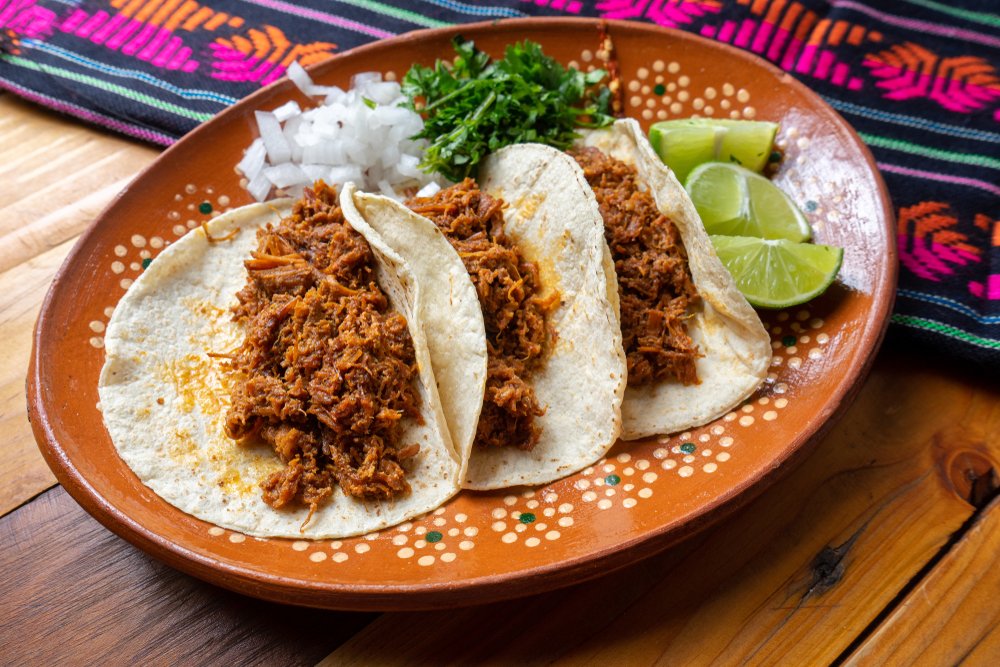
Fish and seafood are one of the pillars of El Fuerte’s cuisine (aguachiles are the best!); also, the different dishes of Sinaloan culinary art, such as machaca, picadillo, chilorio, colachi, and caldillos (soups).
People here love zarandeado fish (a type of grilled marinated snapper), chicharrones (pork rinds), and other recipes.
The indigenous Mayan communities have culinary customs that differ from those of the mestizos.
However, their guacavaqui, a succulent broth of various beef cuts with corn and other vegetables, is enjoyed by everyone.
Rock Art
The Río Fuerte basin is rich in prehistoric artistic manifestations that specialists have not studied, partly because some sites are difficult to access.
At Cerro de La Máscara, an elevation located on one of the banks of the river, 5 km from El Fuerte, there are about 300 petroglyphs carved into the rock.
Among the petroglyphs are the Goddess of Fertility, El Jefe, and La Flor.
These millenary engravings are estimated to be between 800 and 2,500 years old and are thought to have been made by Aztec and Toltec groups.
Local handicrafts:
Among the genuine handicrafts of El Fuerte are the clothes worn by the Mayan Indians in their ceremonies and religious festivities, such as hats, tenabaris, masks, ayales, deer heads, coyolis, and jiruquias.
Other beautiful Yoromi works are their wool blankets and zarapes. Likewise, the artisans of El Fuerte stand out in wood carvings, pottery, and weavings of natural fibers.
Outdoor recreation
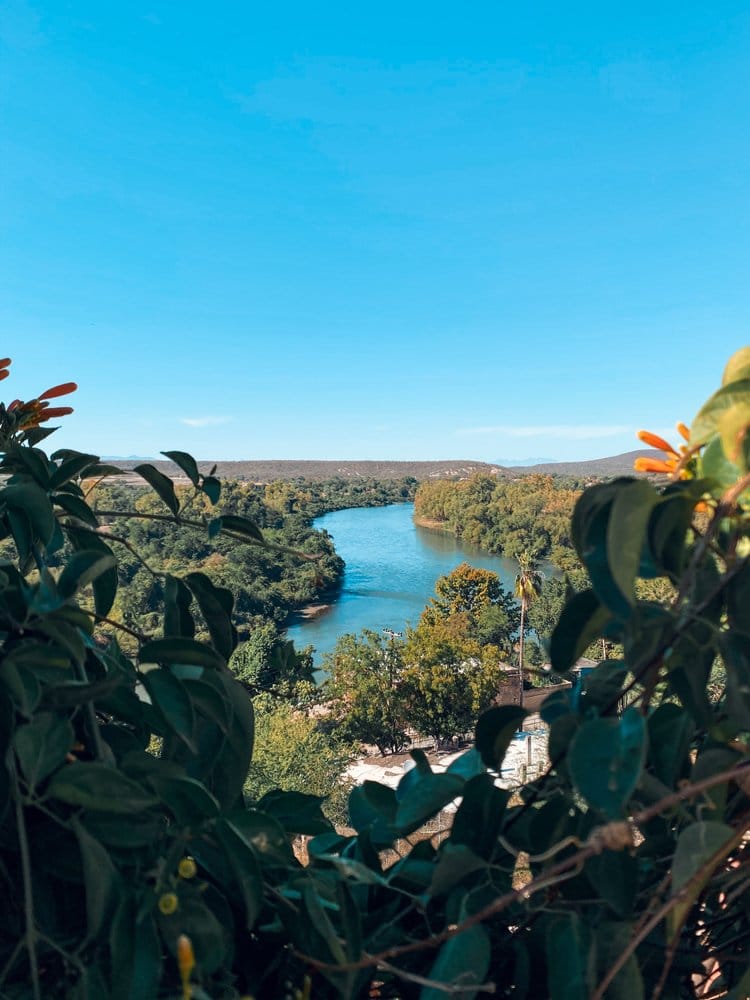
Near the city, the Fuerte River forms two dams, the Miguel Hidalgo (El Mahone) and the Josefa Ortiz de Dominguez (El Sabino).
Both are frequented for boating, sport fishing, and hiking in the surrounding area.
La Galera is a recreational site on the river banks, which has a suspension bridge to cross the stream, leafy trees to spend a pleasant time in the shade, and restaurant service.
Where to stay in El Fuerte Sinaloa
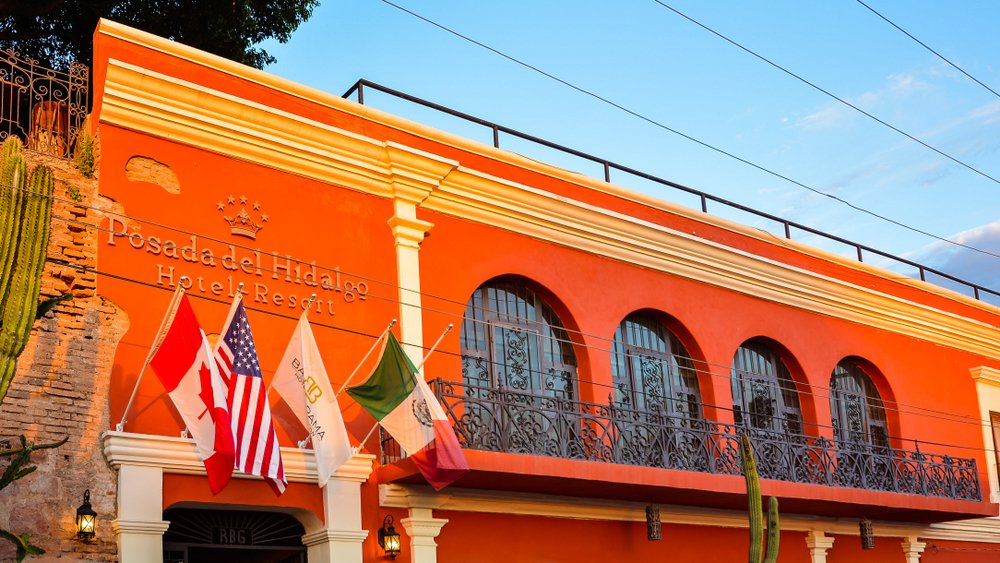
Some of the most welcoming hotels in El Fuerte are large mansions that have been converted into lodgings.
Posada del Hidalgo is a beautiful colonial complex formed by the union of three large houses located at 101 Miguel Hidalgo y Costilla St.
They claim that this is where El Zorro was born and present an allusive show. At 37 Montes Claros Street, Hotel El Fuerte is another cozy colonial mansion full of artistic details.
Additional options are Hotel La Choza, Hotel San Jose and Hotel Hacienda Palma Sola.
Hotel Torres del Fuerte, located at 102 Rodolfo G. Robles St., is praised for its architecture, interior design, and food at its restaurant.
Dining options
El Mesón del General is housed in a mid-19th century mansion and offers regional food, with rave reviews for its sea bass tripe, prawns, and shrimp meatballs.
Bonifacio’s restaurant at Hotel Torres del Fuerte specializes in fusion cuisine inspired by traditional Mexican flavors.
Diligencias Restaurant is recommended for its prawns, fish fillets with garlic soak, and sea bass ceviches. For Italian food, there is La Bruschetta.
I hope your next trip to El Fuerte will be a success, and this guide will help. See you soon, and don’t forget to share your experience with us. VAMONOS!

